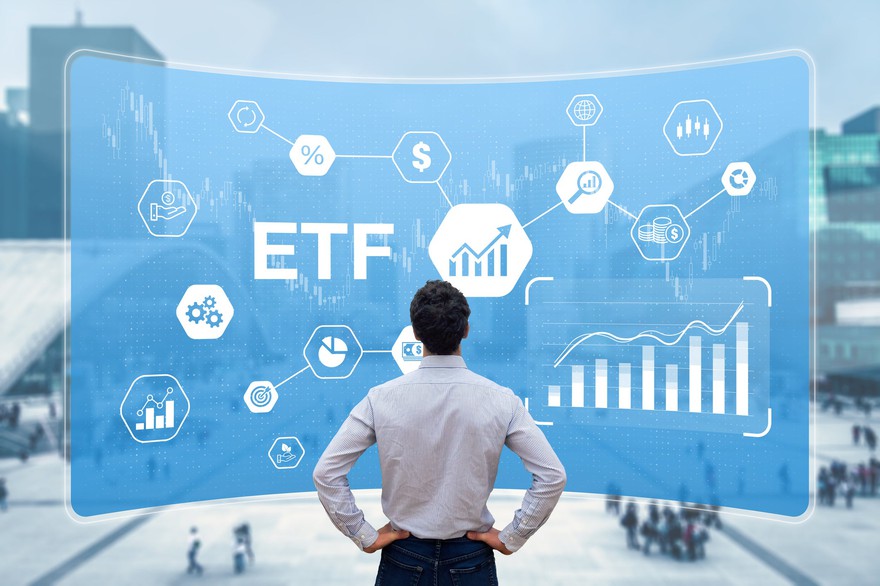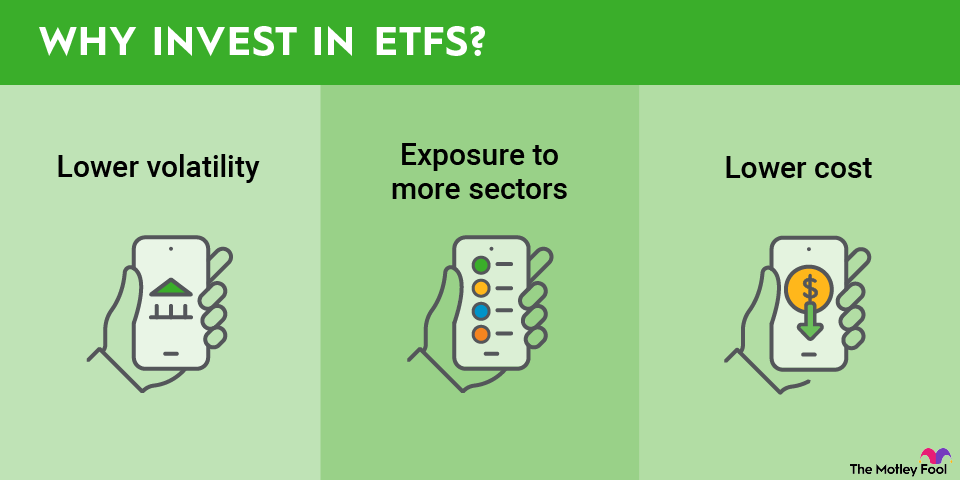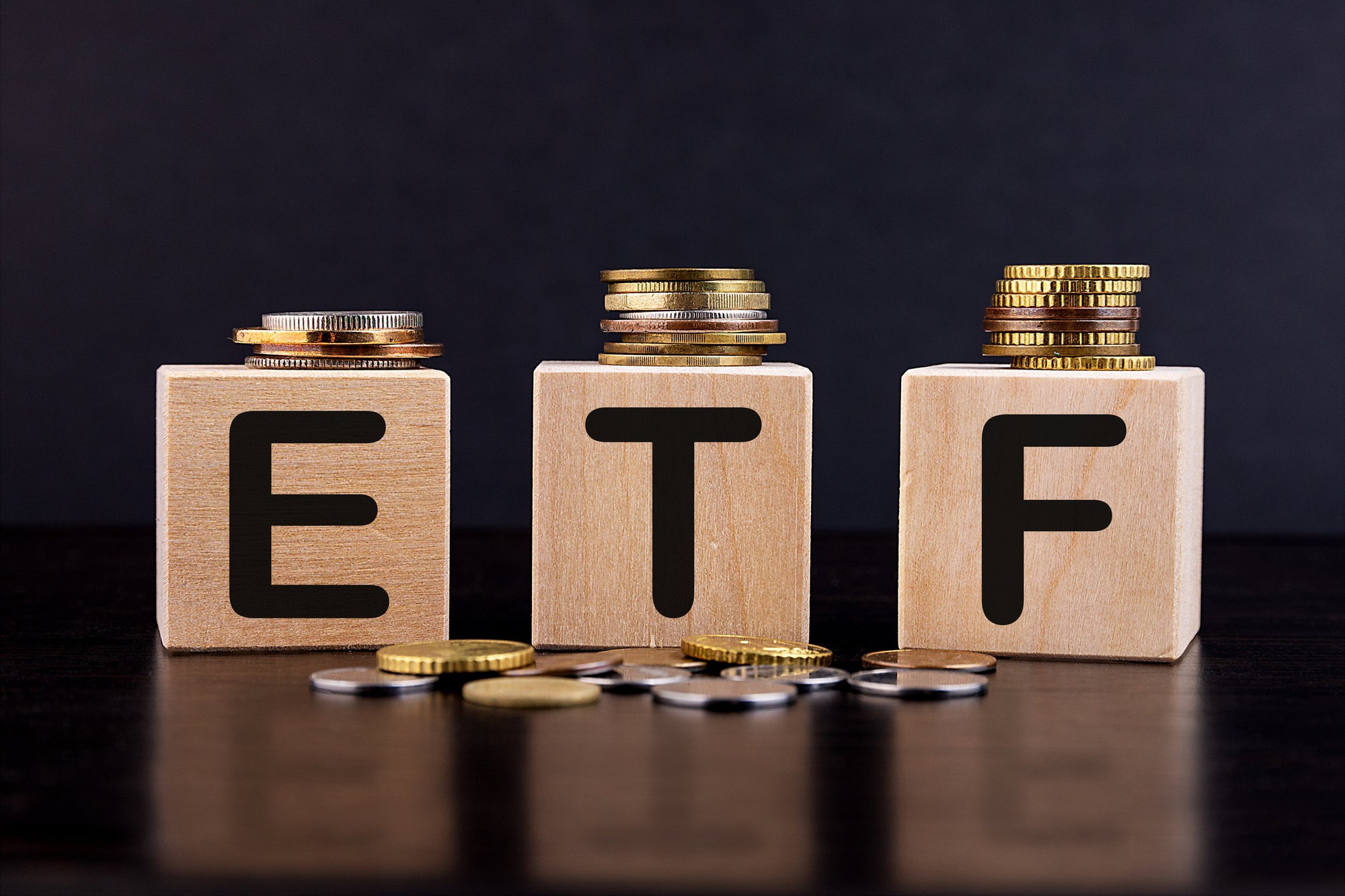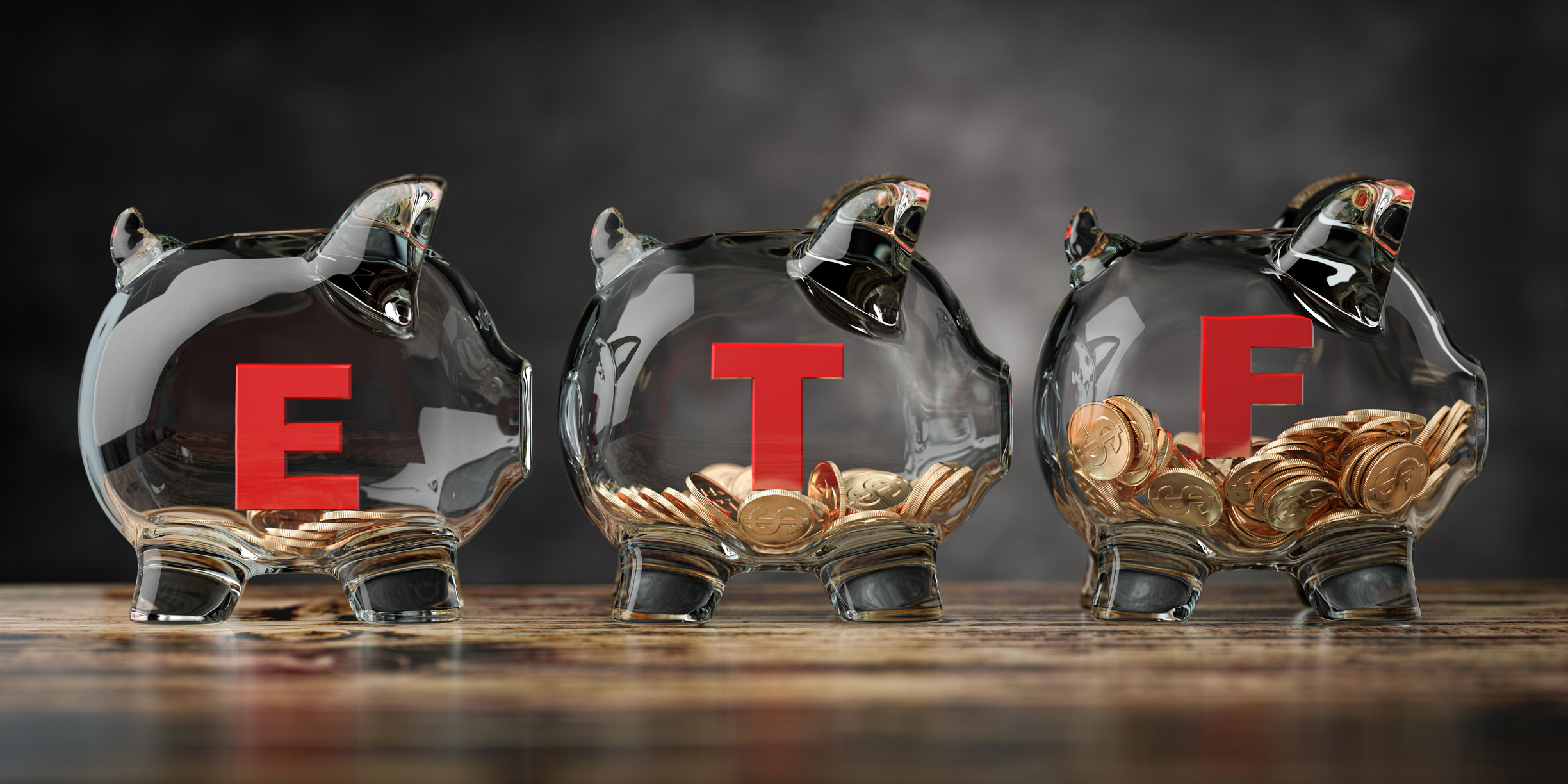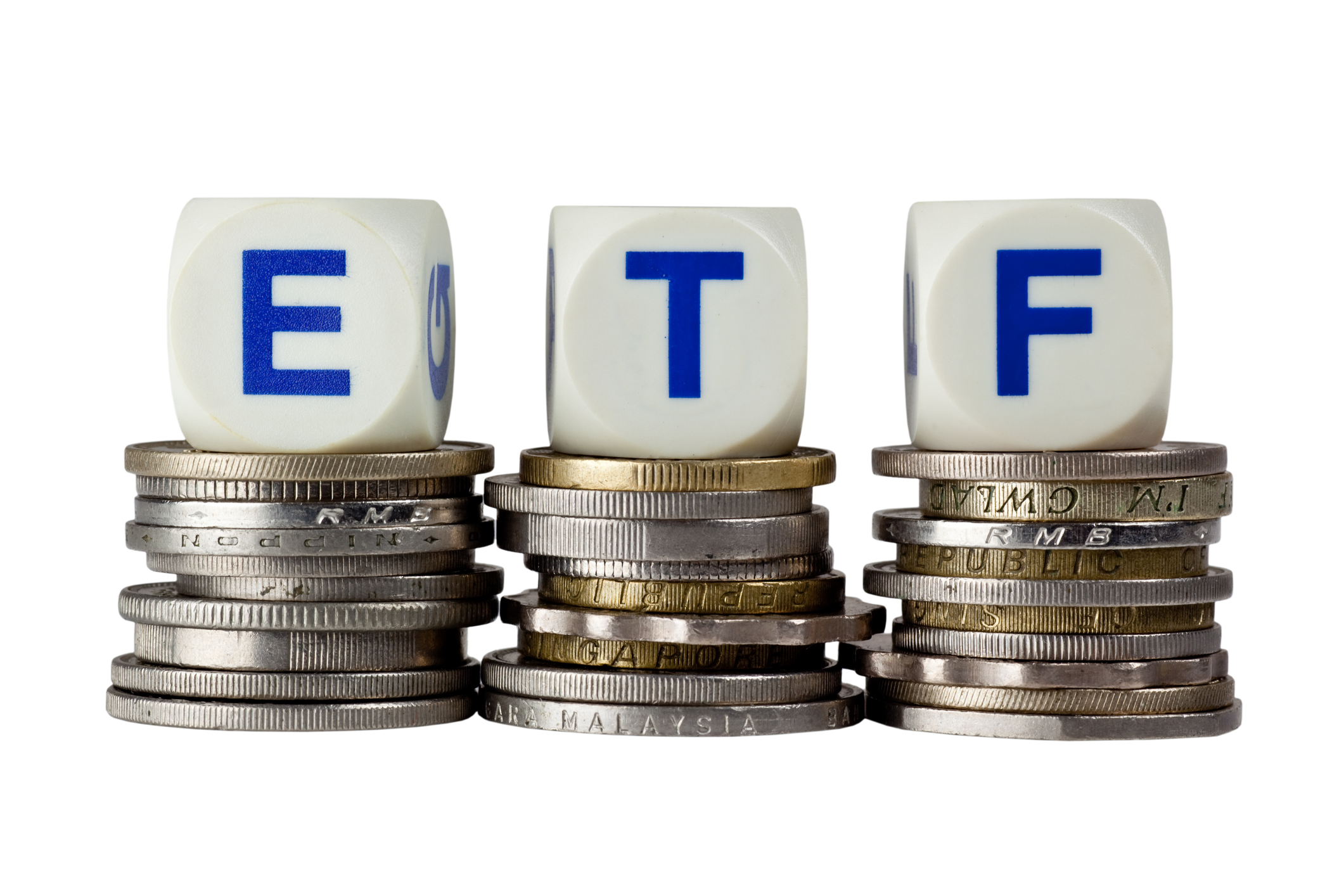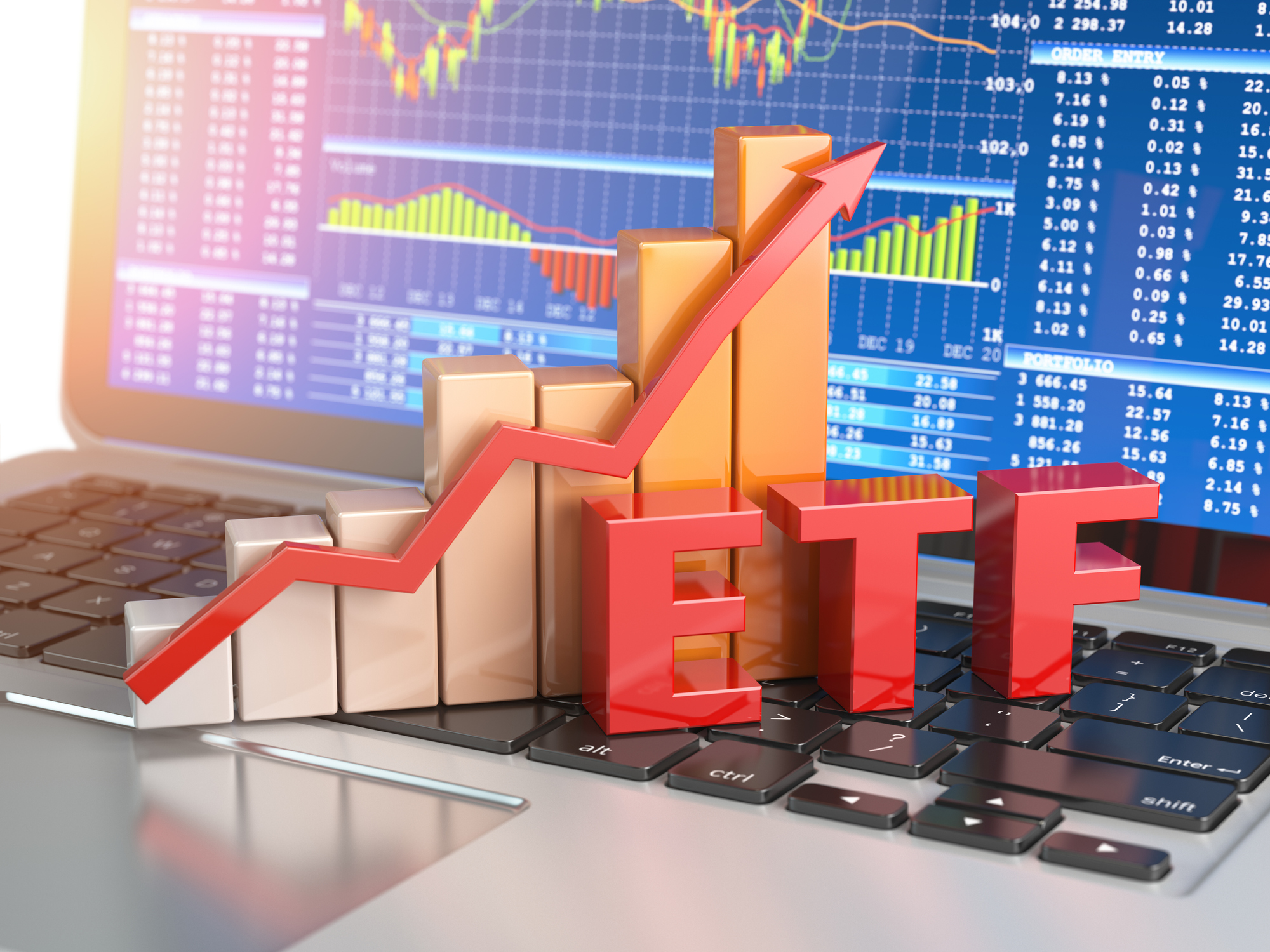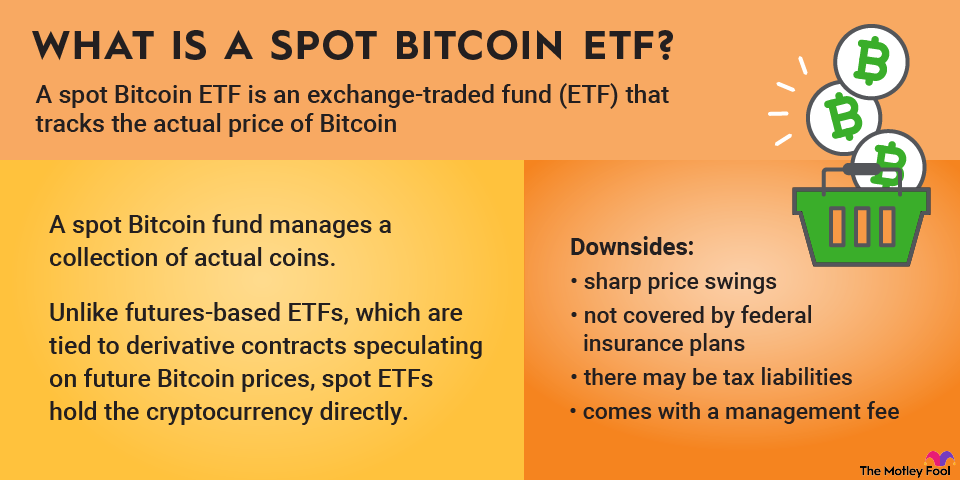
NYSEMKT: BOIL
Key Data Points
What is the ProShares Ultra Bloomberg Natural Gas ETF?
This is a leveraged ETF designed to deliver twice (2x) the daily performance of the Bloomberg Natural Gas Subindex.
That means if the index price rises by 2% in a day, the fund aims to rise by roughly 4%. If prices fall by 1%, expect about a 2% loss.
Unlike stock or bond ETFs, this fund doesn’t hold physical assets. It invests in derivatives, mainly natural gas futures contracts. These are financial agreements to buy or sell natural gas at a future date, which allow the ETF to mirror price movements in the commodity market.
The use of futures also provides the leverage, meaning borrowed exposure, that amplifies daily returns. This leverage resets every day, so long-term performance can drift dramatically from what investors might expect.
Exchange-Traded Fund (ETF)
How to buy the ProShares Ultra Bloomberg Natural Gas ETF
Step 1: Open your brokerage account: Log in to your brokerage account where you handle your investments.
Step 2: Search for the ETF: Enter the ticker or ETF name into the search bar to bring up the ETF's trading page.
Step 3: Decide how many shares to buy: Consider your investment goals and how much of your portfolio you want to allocate to this ETF.
Step 4: Select order type: Choose between a market order to buy at the current price or a limit order to specify the maximum price you're willing to pay.
Step 5: Submit your order: Confirm the details and submit your buy order.
Step 6: Review your purchase: Check your portfolio to ensure your order was filled as expected and adjust your investment strategy accordingly.
Holdings of the ProShares Ultra Bloomberg Natural Gas ETF
The Bloomberg Natural Gas Subindex tracked by this ETF uses the settlement prices of natural gas futures and rolls those contracts gradually each month over five trading days.
Each day, about 20% of the current position is rolled into the next month’s contract to maintain continuous exposure. The ETF simply tries to emulate this exposure as best as possible.
As of early October 2025, the ETF’s key holdings included:
- Natural gas futures (November 2025) -- roughly 107% exposure, representing the near-month contracts.
- Natural gas futures (January 2026) -- around 92% exposure in the next contract month.
- Cash and other collateral -- about $507 million in reserves and short-term instruments used to back the leveraged futures positions.
The fund continuously adjusts these holdings to maintain its 2x daily exposure. However, investors should note that contango, a situation where future natural gas prices are higher than current prices, can erode returns as the fund repeatedly sells cheaper contracts and buys more expensive ones.
Should you invest in the ProShares Ultra Bloomberg Natural Gas ETF?
This ETF is not the best investment for beginners or long-term holders. It’s a trading tool, designed for short-term speculation by investors who actively monitor natural gas markets and understand leverage.
The combination of futures exposure, leverage, and daily resets means that over longer periods, compounding effects can cause performance to deviate drastically from natural gas prices. Add in high fees and the drag from contango, and the odds are stacked against long-term success.
Use this ETF only if you have a clear, time-sensitive investment thesis on natural gas prices, can manage position size carefully, and are prepared for large daily swings.
Does the ProShares Ultra Bloomberg Natural Gas ETF pay a dividend?
No, this fund does not pay a traditional dividend. Since it holds futures contracts instead of income-producing assets, there’s no regular cash payout. Occasionally, if gains are realized from rolling or closing contracts, those may be distributed as capital gains at year-end, but currently, this ETF has no yield.
What is the ProShares Ultra Bloomberg Natural Gas ETF’s expense ratio?
The expense ratio measures the annual cost of managing the ETF. It’s deducted from the fund’s returns and covers administrative, trading, and management fees.
This ETF charges 0.95% per year, or about $95 for every $10,000 invested. That’s on the higher side, but it’s fairly standard for leveraged commodity ETFs that require constant rebalancing and futures management.
Expense Ratio
Historical performance of ProShares Ultra Bloomberg Natural Gas ETF
1Y | 3Y | 5Y | 10Y | |
Net Asset Value | -30.31% | -85.68% | -63.57% | -58.37% |
Market Price | -29.69% | -85.66% | -63.53% | -58.33% |
Related investing topics
The bottom line
For most investors, this fund is not suitable. It’s a high-risk, short-term trading product, not a buy-and-hold investment. Between the volatility of natural gas, contango, leverage decay, and management costs, long-term performance has been consistently poor.
If you’re new to investing, this ETF is best avoided entirely. Only trade it if you fully understand how leveraged futures ETFs work and have a specific, short-term view on natural gas prices. Even then, limit your position size, as the swings can be extreme.
